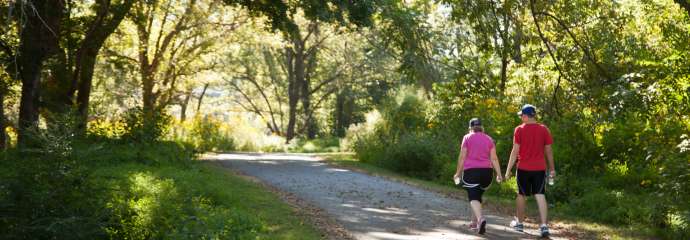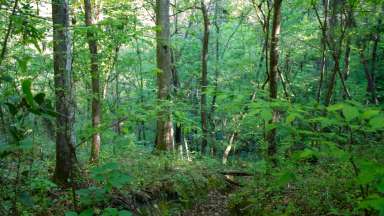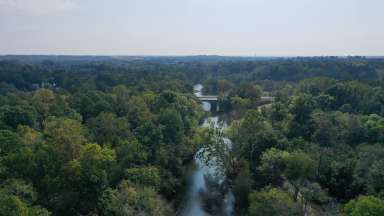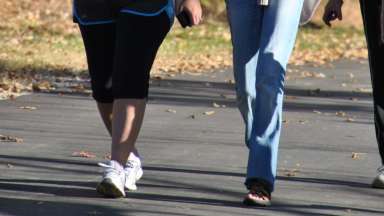In January of 2020, the City of Raleigh’s Parks, Recreation, and Cultural Resources Department began a two-year process to update the Capital Area Greenway Master Plan, the first update to the plan since 1989. Now complete, the updated Greenway Master Plan (the Plan) addresses the growing needs of a city that’s experienced extraordinary change in the last 30 years. The Plan prioritizes investment in existing trails, as well as new trail facilities, while also including recommendations to accommodate the needs of diversifying users.
View the updated Greenway Master Plan.
Project Details
- Type:
-
Parks
- Project Lead:
-
Kris Nikfar, AICP
- Contractors:
-
Toole Design Group and McAdams Company




